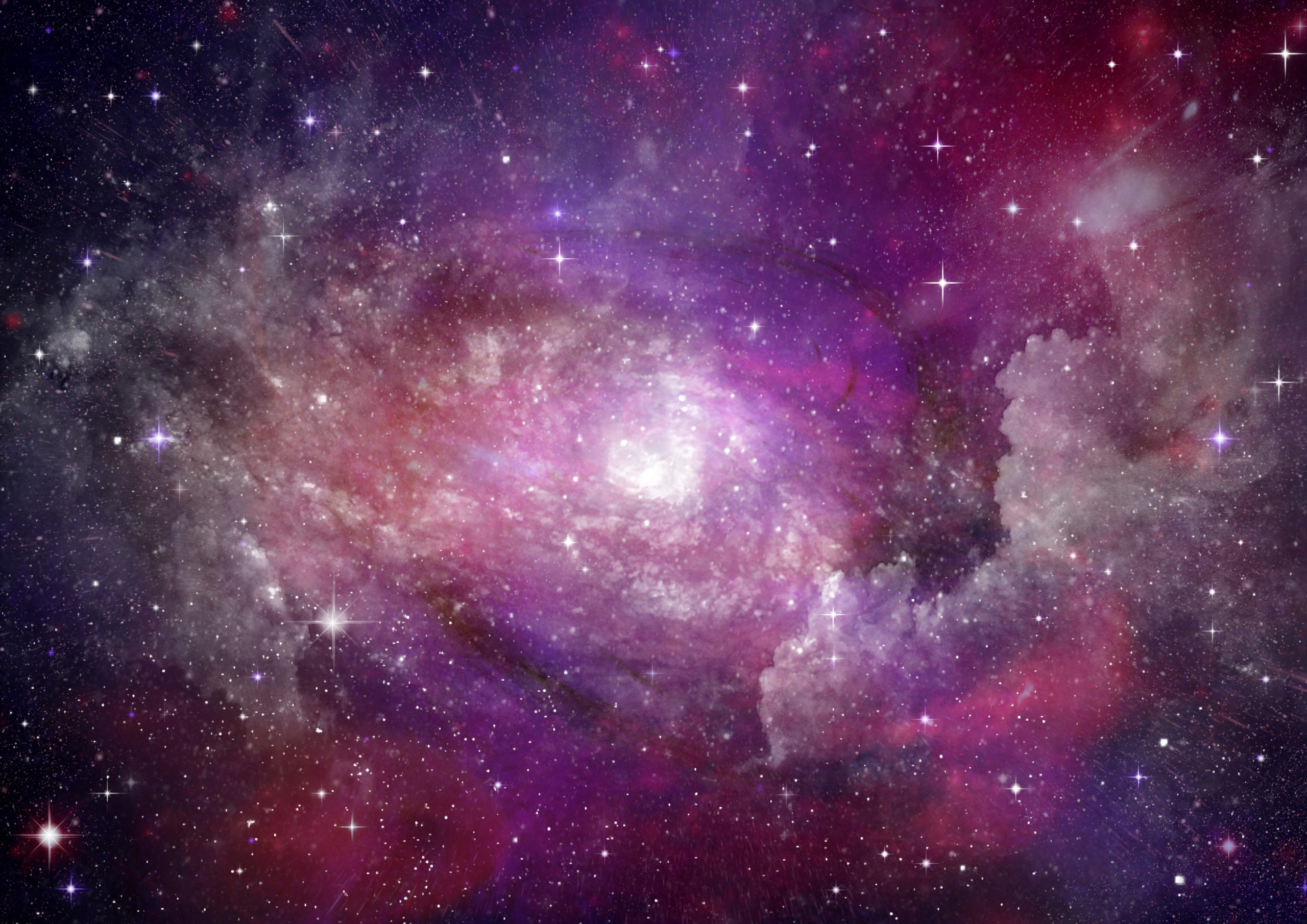When you are looking for a good place for 66 high precision telescopes, one of the driest plateaus on earth is ideal.
Where are we going? To see more than the numbers for federal spending in Chile.
Our story starts in Northern Chile’s Atacama Desert.
ALMA Research
The Chajnantor Plateau is the perfect location for the 66 telescopes that compose ALMA (Atacama Large Millimeter/submillimeter Array). At 16,400 feet, the plateau is just 400 feet lower than the base camp at Mount Everest. With its average yearly rainfall of 1.5 centimeters, its minimal water vapor interference and a position above 40 percent of the atmosphere, it is an astronomer’s dream site.
ALMA’s Telescopes

In this video, you can see the parched terrain that one reporter said looks like Mars.
Involving basic research about our cosmic origins, each of ALMA’s telescopes captures radio waves that, when combined, far exceed Hubble quality. So far, they have captured images of what scientists believe is a young star giving birth to a planet, of sugar molecules in gases around a young binary star, and of the “death spiral” of a star that could resemble our sun’s future demise.
Below, this five minute video presents some phenomenal ALMA images.
The ALMA Budget
ALMA is funded by the U.S., a European consortium, Japan, Canada, and Taiwan. With the National Science Foundation budget the source of its U.S. support, ALMA has received close to $30 to $40 million annually during the past three years. The total though is closer to $500 million when we look back to when the project began almost two decades ago.
Our Bottom Line: Federal Funding for Research and Development
Federal funding for R&D falls within the discretionary spending slice of the budget pie.

Within that 29 percent slice, this is the composition of R&D spending:

Or, we can look at the R&D spending in each agency. Below is 2014 but the proportions are pretty similar for 2015. (For 2016 the budget request for the NSF slightly exceeds $7 billion.)

Within the tiny National Science Foundation slice we have ALMA.
My sources and more: Thanks to Mary Anastasia O’Grady for alerting me to ALMA in one of her always interesting WSJ columns. Please note that this post was slightly edited after it was published.






